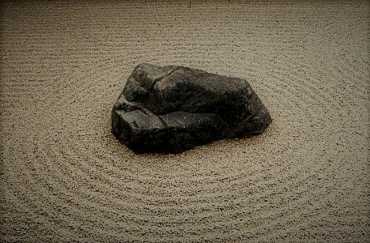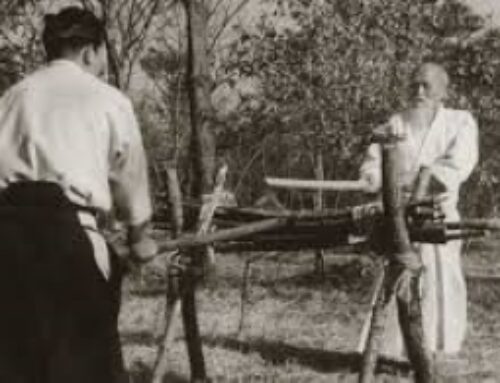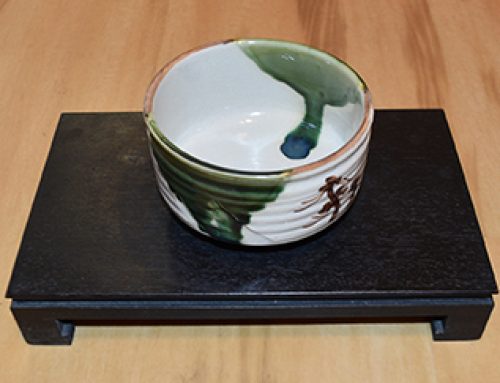Shu – First of Three Stages of ‘Learning to Improve’ – This essential First Stage begins with determination to endlessly strive to imitate the examples of the Teacher (Sensei). To learn from Tradition; to Keep & Protect the Fundamentals & Practices of the Art. For this stage to be successful, avoiding your own pitfalls of the need for immediate justification without the essential experience to appreciate the methods is essential. A fitting example of this method is to observe the methods of serious students of Music or Painting that inevitably begin their journey by copying the works of Masters. Recalling how Japanese engineers immersed themselves in the methods of early US Industrialists after their defeat in WWII is another fitting example of the success realized through this method of copying with a pure desire to learn and improve. The student is guided by the Sensei to the next stage, the Stage of ‘Ha’.
Ha – Second Stage of ‘A Path to Mastery’ – This is a stage of ‘breaking the chains’ with a requirement of the student to reconstruct, reflect and misstep. The student is brought to this stage by their Sensei. The Teacher remains available for guidance and feedback during this stage. It is reasonable to consider that a dedicated student would study for 3 to 5 years at the ‘Shu’ level before reaching the level of ‘Ha’. While remaining an empty vessel, the student has gained the skills of internal focus, reflex and conditioning along with invaluable positive character traits of honesty, trust, respect, personal strength and modesty. Successful efforts in this stage will lead to the Final Stage of ‘Ri’.
Ri – Final Stage of ‘Seeking Excellence’ – This stage comes with the expectation of the student to exceed the teacher. To transcend the lessons given through their study. In this model of learning, the Sensei is considered a highly respected and appreciated ‘Master that Teaches’ or ‘One who has gone before you in the Art you are studying’. Reaching and continuing to study at this stage tests motivation and ambition while instilling great pride. Personal commitment and strength are challenged and weak can not survive. This is the challenge of learning and giving back to your Art vs Accepting your Rank as a completion to your effort.
Summary – It is important to note that this style of learning is not a linear method but rather a method of concentric circles. In this method the student remains connected to each stage as they progress. Overall, the Learning Method of ‘Shuhari’ is timeless and natural to the human condition. In Western culture, the saying ‘Imitation is the highest form of flattery’ as well as the natural condition of learning from our elders from birth reminds us of our great potential in this method.
Crane Sensei, Dojo-Cho began and continued their study consistently under the direction of Japanese Instructors that were themselves connected to the direct lineage of the teachings of this unique Traditional Japanese Martial Art. Having immersed themselves in this method of study, both Crane Sensei have been able to bring this style of learning to their students while remaining committed to the furtherance of the Art through their teachings and their ‘Aikido In Training’ Book & DVD Series.
Click here to visit the Cool Rain Store here now to get Crane Sensei’s DVDs and book!






